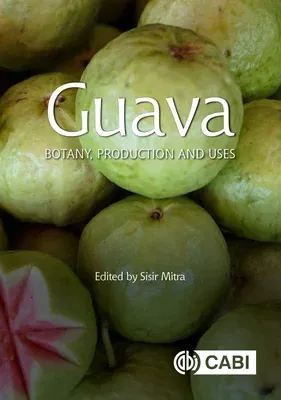Guava (Psidium guajava L.) is an exquisite, nutritionally and
economically valuable crop of tropical and sub-tropical regions of the
world. Guava outshines other tropical fruits in productivity, hardiness,
adaptability, nutritional value, and ensures higher economic returns to
growers. It is currently commercially grown in over 70 countries, and
gaining popularity due to its nutritional and health benefits. Important
producing countries are India, Mexico, Brazil, Cuba, Venezuela,
Malaysia, Thailand, Indonesia, China, Australia, South Africa, USA
(Hawaii, Florida and California) and Haiti.
Notable recent developments include the potential to improve crop yields
and quality. New research has also contributed to understanding of the
crop environment, plant growth and physiology of tree and fruit
development, with implications for both breeding and cultivation. Guava
is one of the few tree fruit where round-the-year harvest is possible by
crop regulation. Inter specific hybridization between Psidium molle
and P.guajava has led to the development of hybrids which are
resistant to wilt (a major guava disease in many countries) and are
graft compatible with P.guajava.
With contributions from many international experts, this book is focused
on ways of improving the cultivation of guava as a food crop at each
step in the value chain, from breeding through to post-harvest storage.

